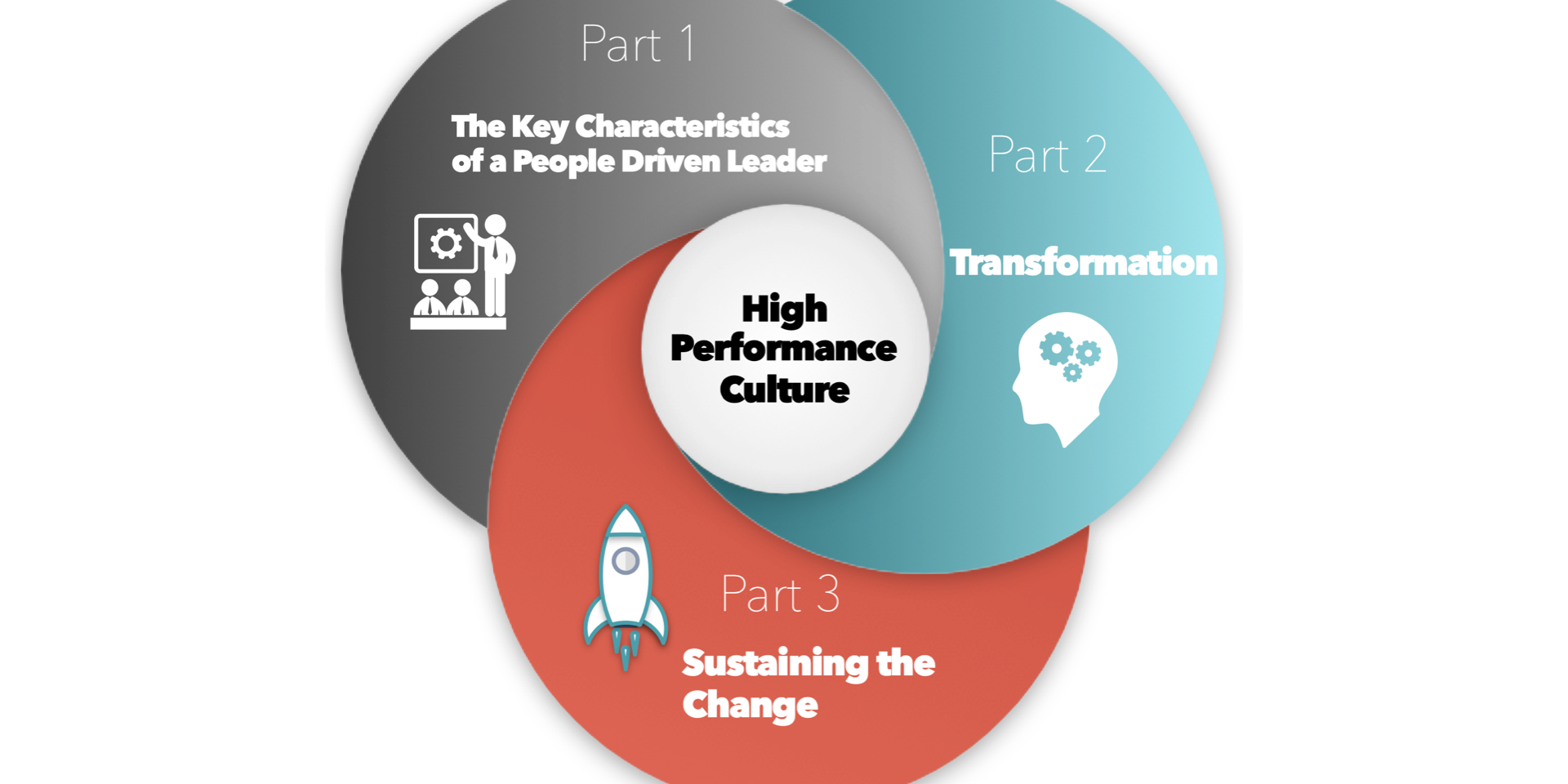Though we may not use the phrase, our industry knows People Driven Leadership is the key to comm center success.
Have you ever come across the phrase “People Driven Leadership” at your comm center? Have you ever read a job description for a position in our industry that explicitly stated candidates must be People Driven Leaders?
Probably not.
But the concept of People Driven Leadership isn’t new or recent. In fact, the 9-1-1 industry knows that prioritizing people, and hiring leaders who can prioritize people are vital components of healthy comm center culture — but the articles and industry standards don’t use these exact words to describe it.
Let’s examine a few of the things our industry does say about People Driven Leadership.
Using the research and standards produced by the 9-1-1 industry trade associations, it’s easy to see what is already known about People Driven Leadership. The results of Project RETAINS and its follow-ups point directly to the importance of prioritizing people.
In addition to Project RETAINS, several APCO and NENA Professional Standards highlight specific elements of the people side of the business. The Professional Standards offered by these trade associations are designed as minimum training standards and core competencies for Communications Center Managers, Directors, Supervisors, Training Coordinators, and more. Since our focus is on People Driven Leadership, we’ll focus here on the standards for supervisors and managers/directors.
In 2012, APCO Standards Development Committee released the Core Competencies and Minimum Training Standards for Public Safety Communications Supervisor. Approved on September 12, 2017 by the American National Standards Institute (ANSI), this standard identifies the core competencies and minimum training requirements for Public Safety Communications Supervisors. According to the introduction to the standard, “this position provides leadership and guidance to employees in order to achieve the Agency’s mission, while providing service to the public and the Agency’s responders.”
The standard clearly lays out the core competencies and minimum training standards at both the Agency level, and the individual Supervisor level. It’s very detailed and offers some eye-opening “minimum qualifications” that deal specifically with emotional intelligence. A section on “Professional Competence” states “the Supervisor shall demonstrate team leadership concepts, including being an effective team member, as well as developing and managing high-performing teams. The Supervisor shall demonstrate the ability to communicate with superiors, peers, and subordinates in a positive and constructive manner.”
It’s recommended that at a minimum, Supervisors know how to effectively build and lead high-performing teams. This means they must know what both team leadership and a high-performing team look like. They must be excellent communicators, but also do so with positivity while fostering team camaraderie (instead of tearing people down).
In 2014, APCO released their Core Competencies and Minimum Training Standards for Public Safety Communications Manager/Director. Not surprisingly, the standard holds that People Driven Leadership is the minimum standard, not merely the exception to the rule. According to the Standard, “the position [of Manager/Director] is typically tasked with managing and directing all aspects of a public safety communications center, while effectively utilizing leadership skills, resources, and partnerships in order to successfully provide emergency communications service.”
The very beginning of the standard, in the section called “Organizational Integrity,” states, “the Manager/Director shall foster and create effective working relationships with all personnel within the organization and with individuals and organizations external to the Agency. The Manager/Director shall encourage and support the highest quality of workplace team interaction and behavior.”
So, at the minimum, a Communications Manager/Director must know what effective working relationships look like, and then they must be able to create them—not only inside their organization, but with external stakeholders as well. They must also be encouraging and supportive, an emotionally intelligent person who knows what high quality team interaction and behavior looks like and feels like, so they can instill it in their organization.
While the majority of each standard addresses individual training and competencies, they also outline the Agency’s responsibilities for providing training to both new and veteran Supervisors in accordance with this standard. “The Agency shall establish no less than these minimum training requirements while complying with all local, state, federal, and tribal laws. The Agency shall define the baseline qualifications in addition to requisite cognitive, affective, and psychomotor skills needed to achieve compliance with this standard.”
If the 9-1-1 industry has collectively determined, through convening committees and years-long discussions (both of which are required to produce an industry standard), that the people dimension is of vital importance—then where is the opportunity to bring more of it into comm center life? If leadership at your center follows a long line of technicians, they are hiring more technicians. The questions that technicians ask in interviews are geared to quantify technical skills, not people skills. Changing your interview to focus on people-oriented values can help.
None of this stuff is easy. And the above examples are just one section from each of the standards. There’s a ton more. It’s no wonder that technicians would rather focus on the radios and equipment. This “people stuff” is scary! It’s also no wonder the best leaders have followed in the footsteps of other great leaders. They’ve been mentored in People Driven Leadership. They’ve been shown the way.
Thanks for reading this article, containing excerpts of my book, “People Driven Leadership: How the Best 9-1-1 Centers Inspire Positive Change.”
This is the fourth article of 20. Stay tuned for the next!
About the Author:
Adam Timm is the president and founder of The Healthy Dispatcher. A 9-1-1 telecommunicator with the Los Angeles Police Department for over a decade, Adam now provides leadership training and consulting to PSAPs around the country. He is the author of three books, including the popular, Dispatcher Stress: 50 Lessons on Beating the Burnout, and, “People Driven Leadership: How the Best 9-1-1 Centers Inspire Positive Change,” both available on Amazon.com.
For more articles visit: https://thehealthydispatcher.









